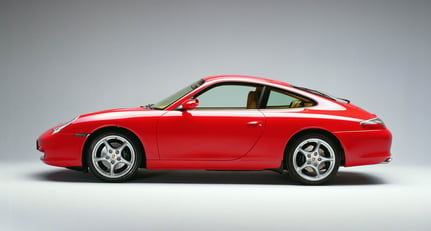Production of the 996 spanned nine years, between 1997 and 2006. In that time, 175,262 units were sold, making it the best-selling model in the car’s history and the biggest turning point in the development of the 911. But despite these immense numbers, the 996 – successor to the 993 – was also known as the unloved series; or at least, it was initially rejected by Porsche fans, just as happened in 1963, when the original 911 replaced the universally adored 356. The 996 marked the first time that the signature 911 characteristics, developed and presented by Ferdinand Alexander Porsche, had been modified significantly – the biggest (and most criticised) change being the new water-cooled boxer engines.
Customers were dismayed
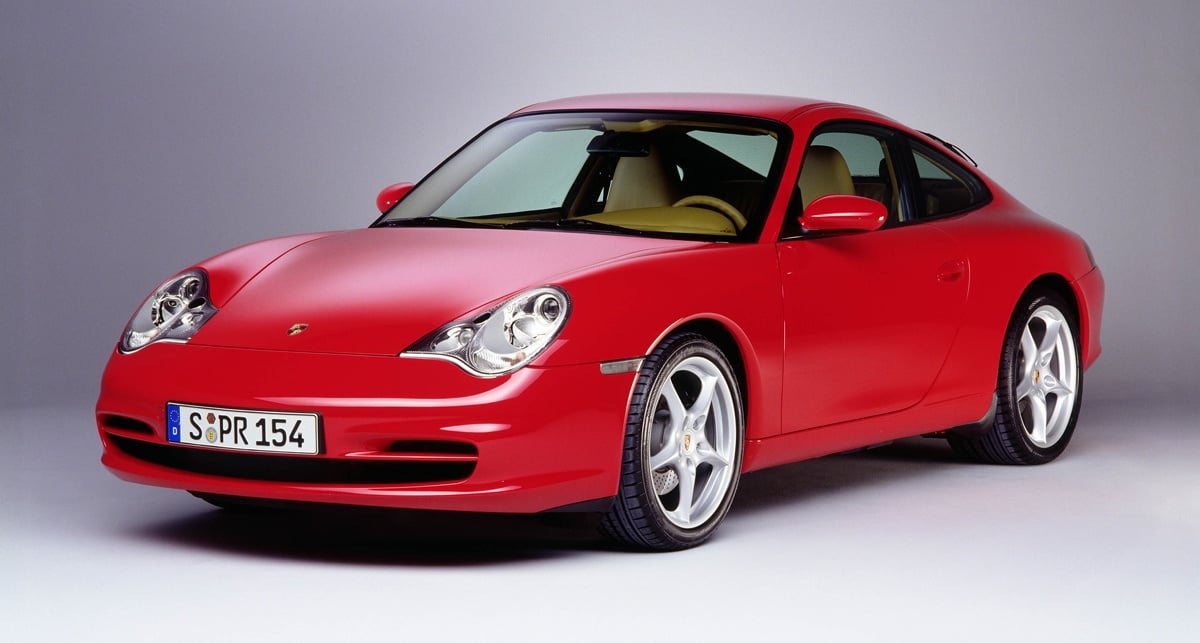
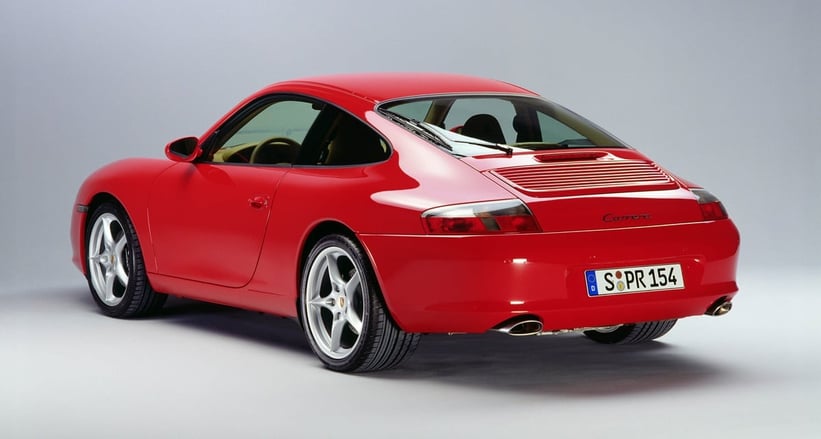
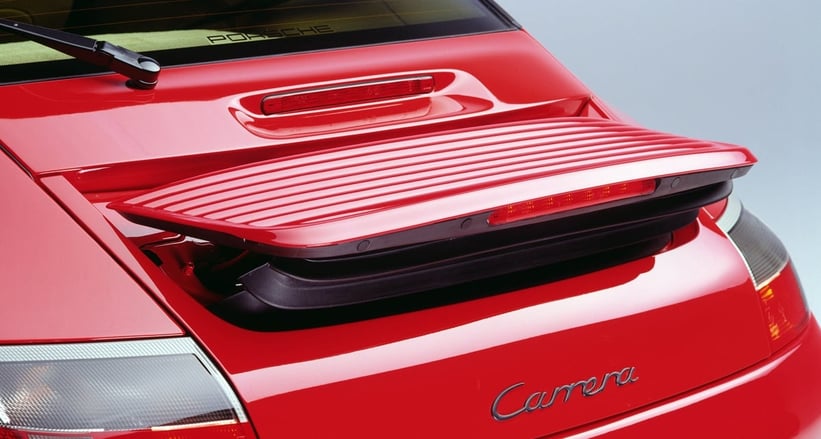
I still remember clearly when the first potential 996 customers visited our Porsche showroom in Hamburg. Oh, what I had to listen to as managing director! One of the main criticisms was, of course, the headlight arrangement, so much so that in September 1997, prior to the launch of the car at the Hamburg Stock Exchange, we were presented with special headlight covers from the accessories department, designed to make the lights look more like those on the 993. Strangely, we never sold many.
Later, at the IAA in Frankfurt, Harm Lagaay, Director of ‘Style Porsche’ from 1989 to 2004, explained to me the thought process behind the controversial headlight design. He said that in the development specifications the headlights were to have five functions: main beam, running lights, parking lights, fog lights and indicators. There were also to be no visible mounting screws. The result was divisive. From the model year 2002, the car’s overall design was tweaked slightly, in a bid to stand out from the Boxster and win more admirers.
993: maxed-out development
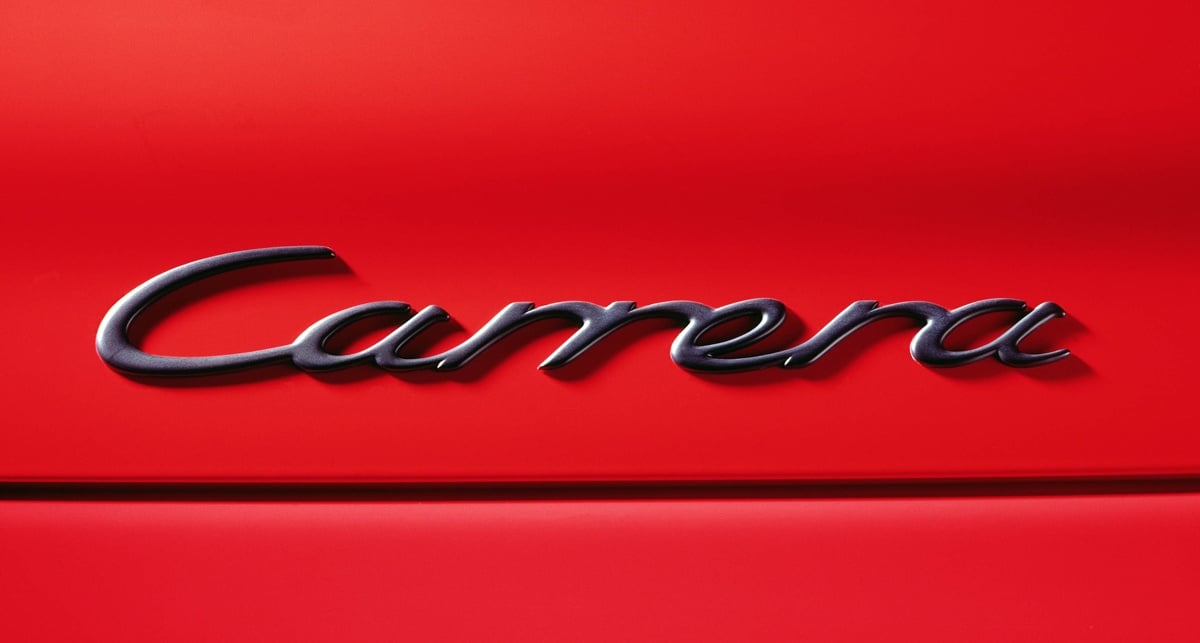

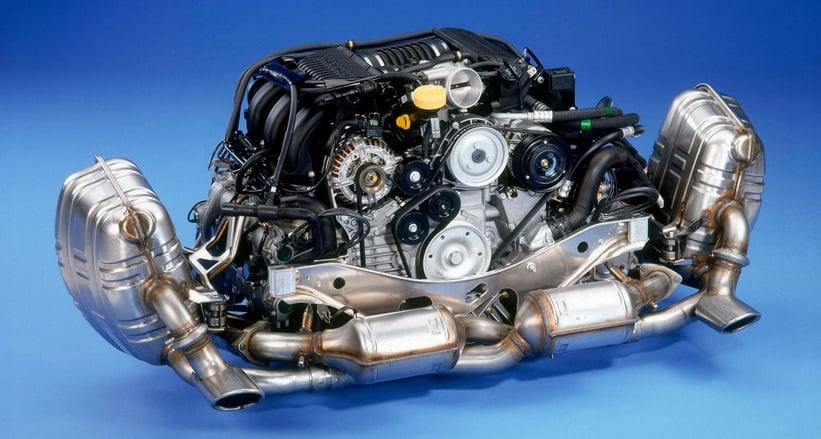
The global dealer launch was then held in Barcelona at the Circuit de Catalunya. Despite their reservations, the die-hard Porsche sales teams were soon won round by the 996’s impressive driving dynamics and cornering speeds. The latter was so remarkable that, after a few laps, one hard-nosed passenger of mine had to get out – the forces had apparently turned his stomach inside out. And now the 993 began to feel outdated. Having driven the 996 and understood a little more about the technology behind it, we were confident of selling the cars to the public and, soon enough, the criticism faded and customers bonded with the car. Everything was new, bar the badge. The 993’s technology was so maxed out that, without the new water-cooling and four-valve technology, it would have been impossible to meet the new global exhaust emissions and noise regulations.
Never had so much changed at Porsche
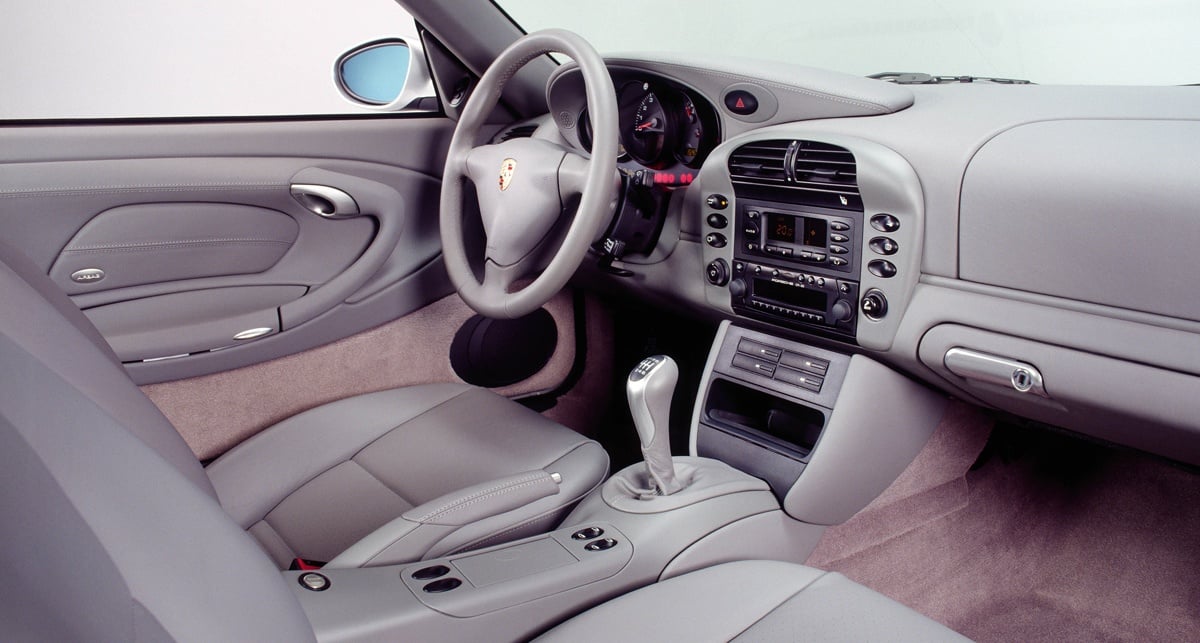
Porsche wrote in the 996 brochure: “Over the years we have broken with many conventions, but never with our principles. Therefore the new 911 is a direct result of more than 30 years of evolution.” And it was true. It was larger, more comfortable, faster and quieter. What’s more, with the large boot at the front for luggage and rear seats (albeit small ones) for accompanying children, the 911 was a whole lot more practical. Come spring 1998, the 996 was the car to have.
Variety is the spice of life

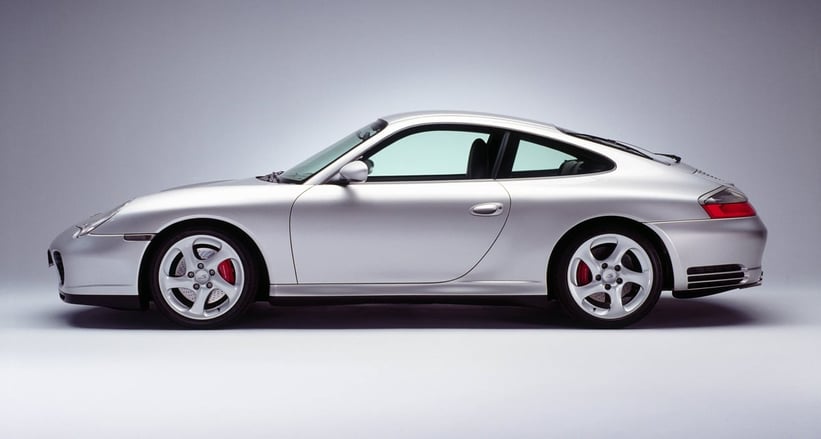
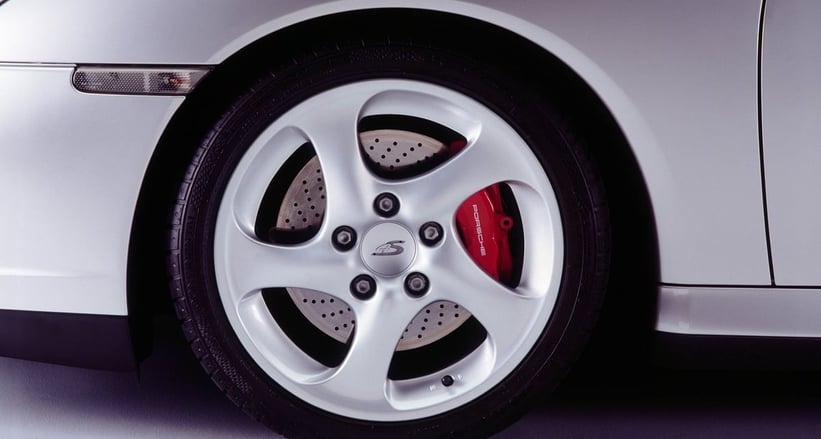
After the convertible was introduced in 1998, the GT3 followed in 1999, while the Carerra 4S and Targa arrived in 2001. The 4S had the wider (2.2cm), more voluptuous hips of the Turbo, but without the rear wing and gaping side air-intakes. And like all Porsche models marked with a ‘4’, it had four-wheel drive. From 1999, the strange grey-mottled plastic interior components were painted in a soft black to the joy of the public (and me!). Power rose from 300HP to 320 and then 345, before culminating in the 420HP Turbo and the frankly lethal 483HP GT2. In 2004, we saw the arrival of the revered, 381HP GT3RS – a stripped out, track-focused version that featured a new crankcase and dry-sump lubrication.
Good examples for as little as €20,000
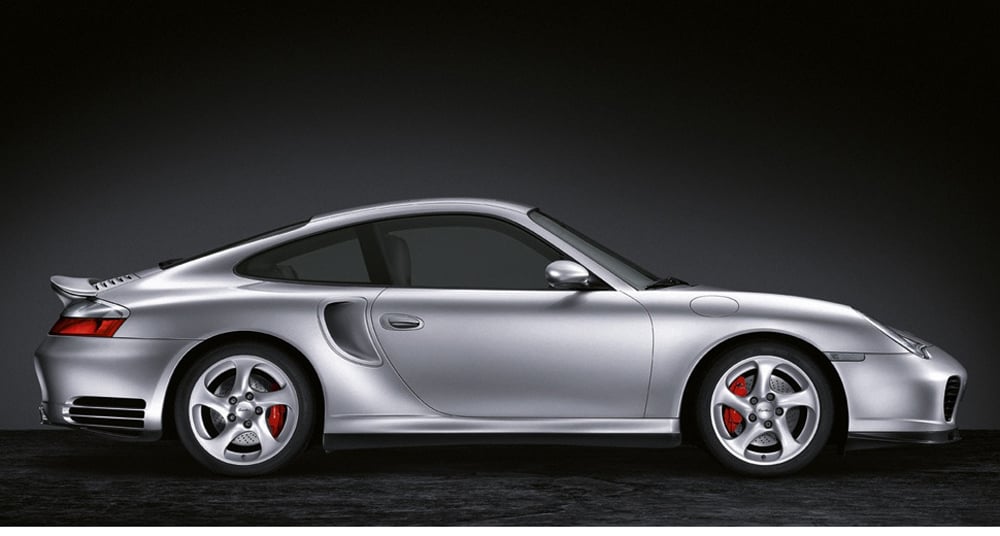
Nice examples are available for as little as €20,000 these days, and well-maintained cars will mean largely fun, stress-free ownership: a simple 1999 996 with a clean history is a great buy. Then there are the special editions, which few people remember. There was the 996 'Millennium', built back in 2000 (there were 911 examples made), and the '40th anniversary' 996, of which 1963 examples were built in 2003 to celebrate 40 years of the iconic 911. The latter had a factory performance upgrade, new side and front skirts and came with a complete luggage set, wallet and key case, in the car’s particular shade of leather.
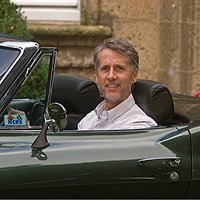 Wilfried Hallier was Managing Director of North-West Hamburg’s Porsche Centre for 14 years and, as a result, knows the market inside out. In this series, the Porsche expert makes recommendations for classic 911 models with potential for appreciation.
Wilfried Hallier was Managing Director of North-West Hamburg’s Porsche Centre for 14 years and, as a result, knows the market inside out. In this series, the Porsche expert makes recommendations for classic 911 models with potential for appreciation.
Photos: Porsche
